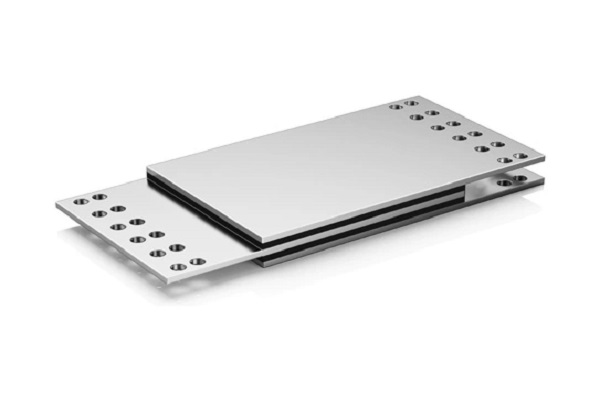The Importance of Shock Absorbers For Buildings
Shock absorbers for buildings, such as shock absorption dampers and supports, play a crucial role in earthquake-prone areas. Earthquakes are natural disasters that can cause significant damage to buildings, infrastructure, and human lives. Damping products of base isolation system are designed to mitigate the destructive forces of earthquakes and help protect structures and their occupants.
Reducing Structural Damage: Building shock absorbers are engineered to absorb and dissipate the energy generated during an earthquake. This helps reduce the dynamic forces acting on a structure, minimizing structural damage. By doing so, the earthquake shock absorbers can significantly extend the lifespan of buildings and infrastructure.
Cost Savings: Investing in building shock absorbers can lead to significant cost savings in the long run. The cost of retrofitting or repairing earthquake-damaged structures can be astronomical, and damping systems can help mitigate these expenses by preventing or minimizing damage in the first place.
Resilience and Sustainability: Building resilience is critical in earthquake-prone areas. Building shock absorbers from Tiantie contribute to the resilience of communities by ensuring that structures can withstand seismic events. This, in turn, supports sustainable development by reducing the need for frequent reconstruction and resource-intensive repairs.
 Natural Rubber Bearing
Natural Rubber Bearing
 Lead Rubber Bearing
Lead Rubber Bearing
 High Damping Rubber Bearing
High Damping Rubber Bearing
 Elastic Bearing
Elastic Bearing
 Friction Pendulum Seismic Isolation
Friction Pendulum Seismic Isolation
 Simple Support For Village And Town Houses
Simple Support For Village And Town Houses


























